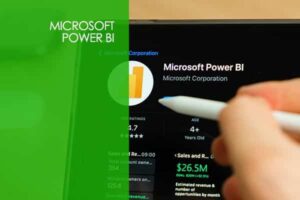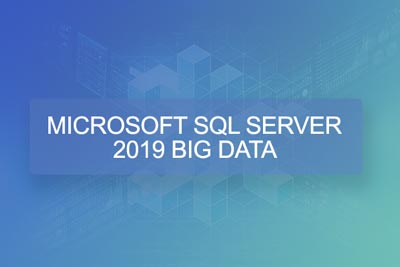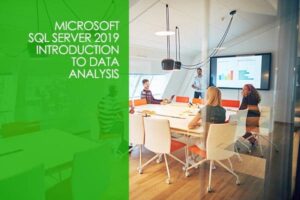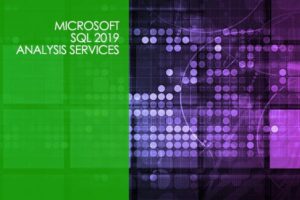Power BI is a member of the Power Platform. Power Apps is another component that enables everyone to build and use apps that connect to business data. This course will show you how to use the Power Apps visual to pass context-aware data to a canvas app, which updates in real time as you make changes to your report. This will allow your app users to derive business insights and take actions from within their Power BI reports and dashboards. Finally, this course will explore the intersections between Power BI and Microsoft’s enterprise-level data modelling and analysis platform, SQL Server Analysis Services.
This course focuses on one of SQL Server 2019’s most impactful features—Big Data Clusters. You will learn about data virtualization and data lakes for this complete artificial intelligence (AI) and machine learning (ML) platform within the SQL Server database engine. You will be shown how to use Big Data Clusters to combine large volumes of streaming data for analysis along with data stored in a traditional database. For instance, you can stream large volumes of data from Apache Spark in real-time while executing Transact-SQL queries to bring in relevant additional data from your corporate, SQL Server database. This course provides everything necessary to get started working with Big Data Clusters in SQL Server 2019.
This course will discuss the responsibilities and functions of a data analyst. Which includes the various methods and best practices that are in line with business and technical requirements for modeling, visualizing, and analyzing data with Power BI. The course will also show how to access and process data from a range of data sources including both relational and non-relational data. This course will also explore how to implement proper security standards and policies across the Power BI spectrum including datasets and groups. The course will also discuss how to manage and deploy reports and dashboards for sharing and content distribution.
Analysis Services is a combination of two analytical engines (VertiPaq for multidimensional cubes and Data Mining and xVelocity for Tabular Data Models) used in decision support and business analytics. It provides enterprise-grade semantic data model capabilities for business intelligence (BI), data analysis, and reporting applications such as Power BI, Excel, Reporting Services, and other data visualization tools. This course provides a full introduction to the use of both of these engines in an enterprise environment.





